Anori's Roost - The Seeping Darkness
This seeping darkness, it clings to everything...everyone. It is a vile ichor but it isn't sticky or dry, but cold and...endless. Describing its features is not possible as it holds no glimpse of nature in it; you stare at it looking for any sort of discernable feature that would grant it even a glimmer of life but the only thing that stares back is you...the weakest form of you...your truest unbridled self. Unburdened by all of your perceived weaknesses and strengths...a meaningless shell with hollow eyes and dry cracked lips. It is darkness, pure in its void, and you mean nothing to it.
History and Importance of Anori's Roost
An abandoned but still lush Tangari mating nest; currently occupied by local bird
Anori's Roost's main purpose, however, was to act as the Tangari's mating site where they would use the hollowed-out nooks and tunnels alongside the plateau's cliffside for various mating purposes and rituals. Other smaller mating sites were established during the Tangari's heyday, but Anori's Roost was always considered the best and was believed to bring the best luck during the mating process. The roost often saw couples looking to mate visit a few times in the year when they were hoping to procreate. Once to bless their initial unification, as most Tangari Avanii mate for life, the next to bless their mating, build their site, and commence matting, and the final visitation being the laying of the offspring. All of this would be overseen by one of the village's shamans, who would bless and guide each couple through their mating journey.
It is unknown who founded the settlement, as the Tangari are not known for leaving written stories or histories instead relying on passing down their stories by word of mouth. And while the remaining descendants of the Tangari are prolific storytellers hundreds of years of telling stories have caused historically accurate information to have been lost or somewhat twisted, to no fault of the Tangari storytellers themselves.
Territory and Village Layout
A small portion of the Murky River, which runs through central Mijhail and stretches nearly the entire jungle
Anori's Roost lies at the very tip of this territory, quite literally teetering on the edge of the jungle's border where the jungle falls off into the continent's deepest valley.
The roost, due to its location on a cliffside is divided into two main sections. The first is a small village located on the edge of the jungle; this area is thick with vines, trees, and overgrowth that was cleared out on an almost daily basis due to the jungle's ability to grow vegetation at an incredible speed. This top area is populated by a variety of buildings, low single-floored homes made of wood and vine, and tall tree house-like buildings shared by several inhabitants. Several buildings of note were found on this top area, including the shaman's medicine hut, where the acting shaman could address and assist with ailments of both physical and spiritual nature, and a sort of long house or meeting hall where the population would gather for important meetings or more mundane rituals and ceremonies.
Though the population of the village was typically quite small, with only about two hundred permanent residents, a large farm was established near its southern border. This farm was large enough and produced enough grain and fresh produce to feed at least a thousand people for a season, this was due to the village's purpose as a mating and ritual site for the Tangari and its population would temporarily swell to several times its usual number a few times a year.
A visual of the ruins of Anori's Roost; a small building carved from a tree on upper area of the village
The second area of the settlement is found along the cliffside walls of the settlement at its northern point. The cliffside dives deep into the earth and is a part of the large valley that surrounds the Ruined Plateau, which separates the plateau from all other geographic locations in Fyria. The Tangari use the nooks and tunnels found on their side of the cliff for various important purposes including their mating rituals and ceremonies.
There are hundreds of these mating chambers doted along the sheer-faced walls of the cliffside, many having been there hundreds of years already before the eventual ruin of the site. In the early days of Anori's Roost, these chambers were carved out by hand and beak by the mating couple, only in the later years of the settlement were various tools implemented in order to assist with the building of the chambers. These chambers were often only large enough to construct a nest and its two adult occupants. Other larger ritual chambers related to the mating process also resided on the cliffside, being much more intricate and much older. Often having tunnels several hundred feet long painted with various depictions of Tangari mythos that lead to similarly adorned domed chambers. These chambers were used by the local shamans to bless the mating couples with prosperity and good health before they entered their mating chambers.
Inhabitants - The Tangari Avanii
A common variety of Tangari Avanii that holds similar characteristics to an ancestral bird of the eastern Jungles of Mijhail
Tangari people while they used to be high in population numbers have dwindled significantly since they fled their ritual grounds in Anori's Roost several hundred years ago. In the past, they numbered in the several thousand, but now only range in the low hundreds with only a small handful of villages dotted in their home region.
The largest of which currently being located at a settlement called Harhou's Grove, which lies tucked in a small jungle valley about a week's travel from the location of Anori's Roost and a similar distance away from the Murky River when travelling on foot. Hahrou's Grove acts as the Tangari's current roosting ground, as well as a permanent village where Avanii people live their daily lives.
Most Avani settlements are located along the southern coasts, but small groups have settled all over the world but have mostly integrated with whichever cultures they have chosen to reside within or nearby.The Avanii are bipedal-humanoid people that share traits with birds, each Avanii being distinct and often resembling a bird from wherever their home region is. Avanii vary in size, from small to tall, depending on their ancestral bird. All Avanii have two legs with taloned feet and two feathered arms that hide their humanoid hands and arms. Sadly, the Avanii cannot fly but can glide for some distance depending on the circumstance.Sidenote about the Avanii
Fallen to Ruin - Exodus and the Seeping Darkness
One of the roosts residents during the time period of the Seeping Darkness's arrival was a Tangari shaman named Haru. Haru was in his early adulthood when the Seeping Darkness first appeared, and he has only become one of the village's shamans for a short few years. Haru, shortly before the appearance of the darkness had recently returned from an important excursion to Shikyuo, a land in the far north of the continent of Fyria.
The reasons for and details of this excursion to the far north of the continent have long been lost to time and shadowed in mystery, and the modern-day Tangari people do not have any real details (for further information on what Haru was doing in Shikyuo read here).
The Seeping Darkness clings to Anori's Roost and the surrounding jungles in pools of cold darkness
The Tangari tried everything to rid the darkness from the village, their shamans conducting various rituals and spells of banishment to no avail. The darkness just continued to spread, slowly pushing the residents away as they had to retreat more and more to avoid physical contact with the substance. Even eyesight of the pools began to cause queasiness and nausea in those that beheld it. Within a few weeks, the Tangari would have no other cause of action but to abandon the settlement for safer territory, as their residents continued to fall sick and even die of illness and depression. No matter the roost's spiritual and cultural importance to the Tangari, it wasn't worth the suffering and loss of their people.
The intent was to return and rid the village of the darkness after the Tangari could regroup and hopefully discover a way to combat the darkness. But no solution was ever found. Strangely as time went on, no Tangari, even those that had visited the roost in the past could recall the location of Anori's Roost, nor the details on which roads to travel there. As if they had all fallen into some sort of group amnesia. And now, several hundred years later, the details of its location and only rumoured, even to the Tangari people who once visited it so frequently.Summary
Table of Contents
Veko and Vaati - Descendants of Anori's Roost
Both Veko (above) and Vaati (below) are of mixed race; uncommon but not unheard of amongst the Tangari
Vaati, on the other hand, has left Hahrou's Grove and has spent the past few years living in and protecting the jungles in eastern Mijhail. He does so in order to protect his people and the jungle from invading forces like poachers and any that seek to harm the ecosystem. Vaati has even gone as far as becoming a chosen disciple of Hadrian - The Iron Fist of Blood and Rust, Fyria's defacto deity of war and conflict. The relationship between Vaati and Veko is strained due to both his decision to leave the village and his decision to accept power from a rather chaotic god.
Type
Village
Related Article


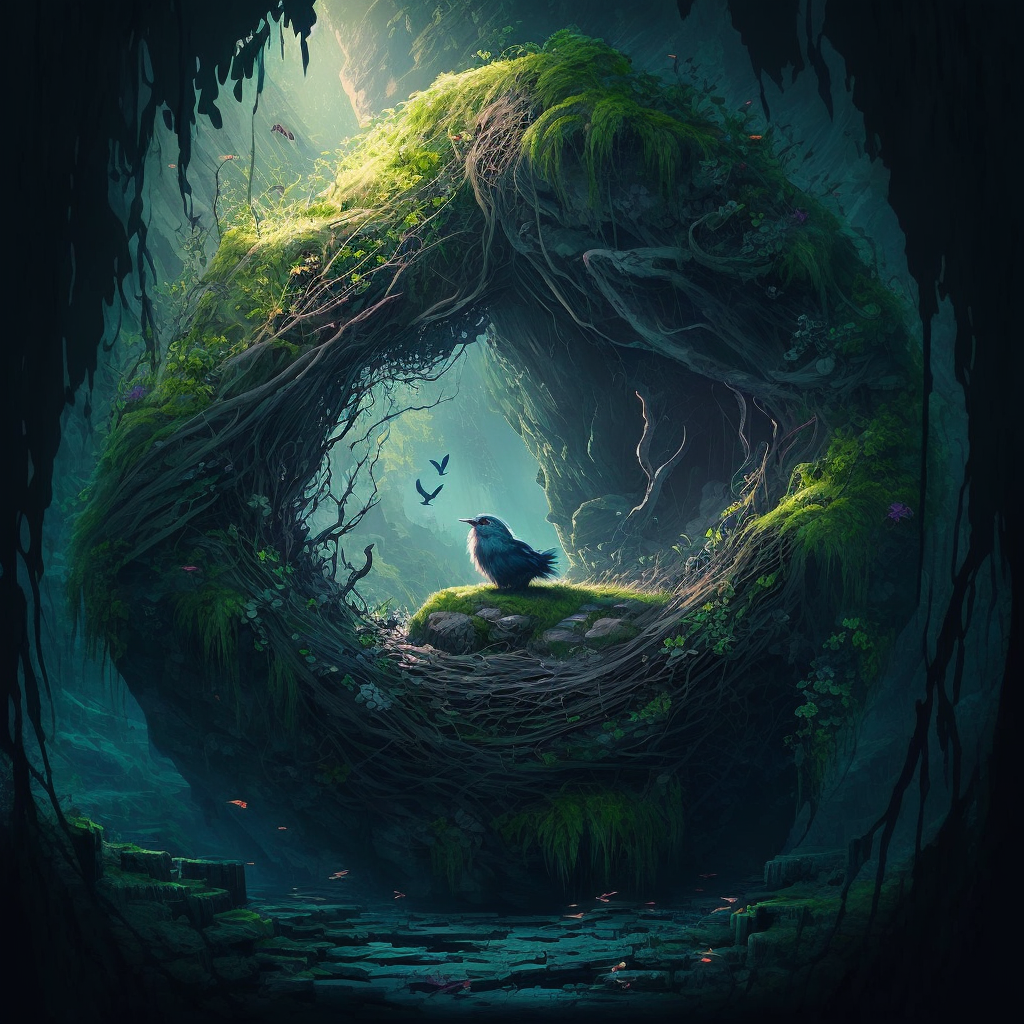
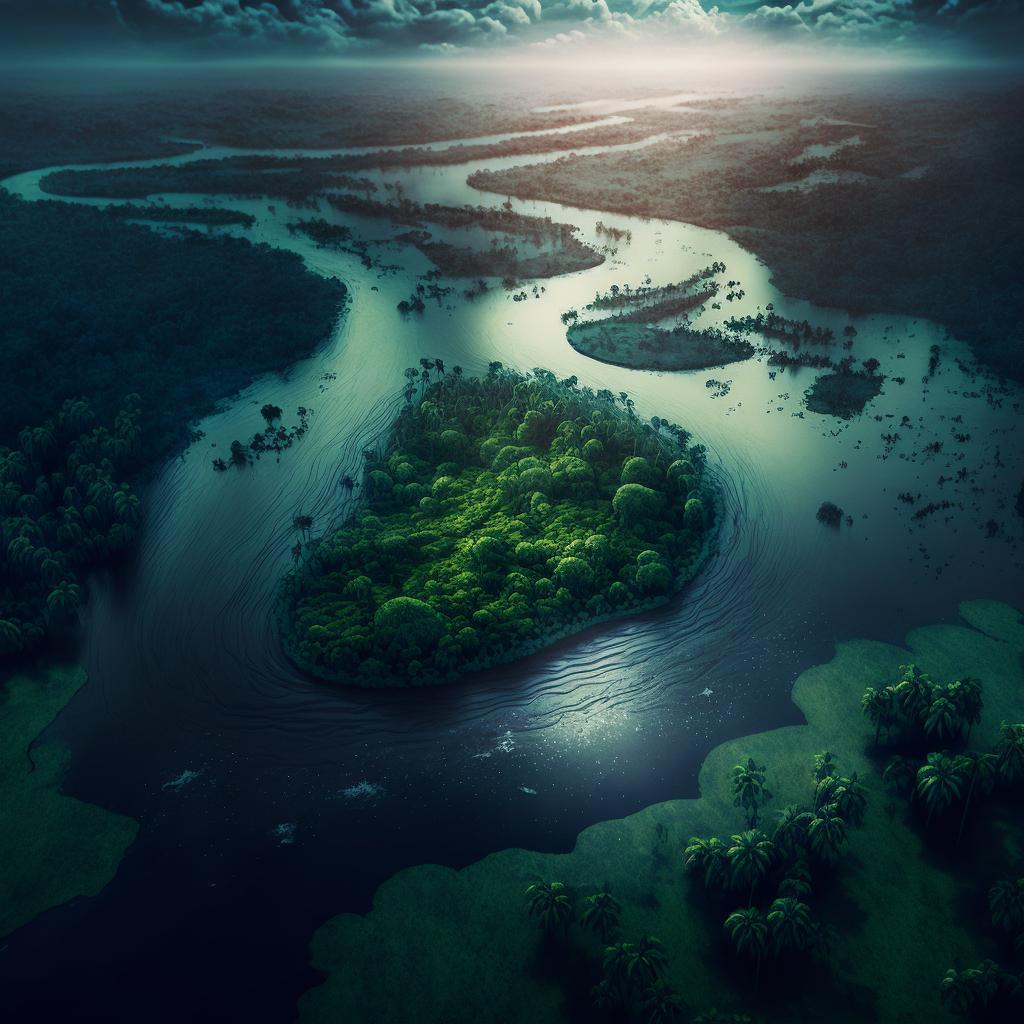
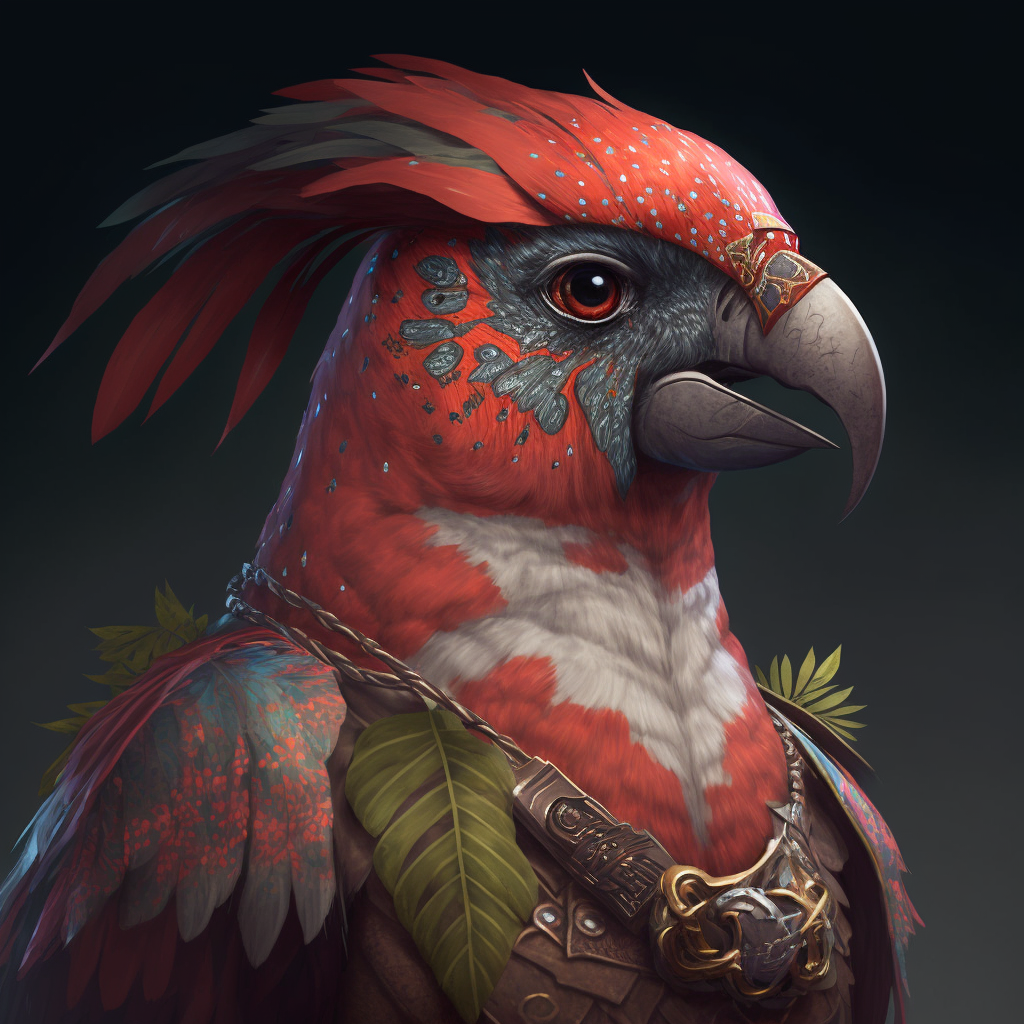
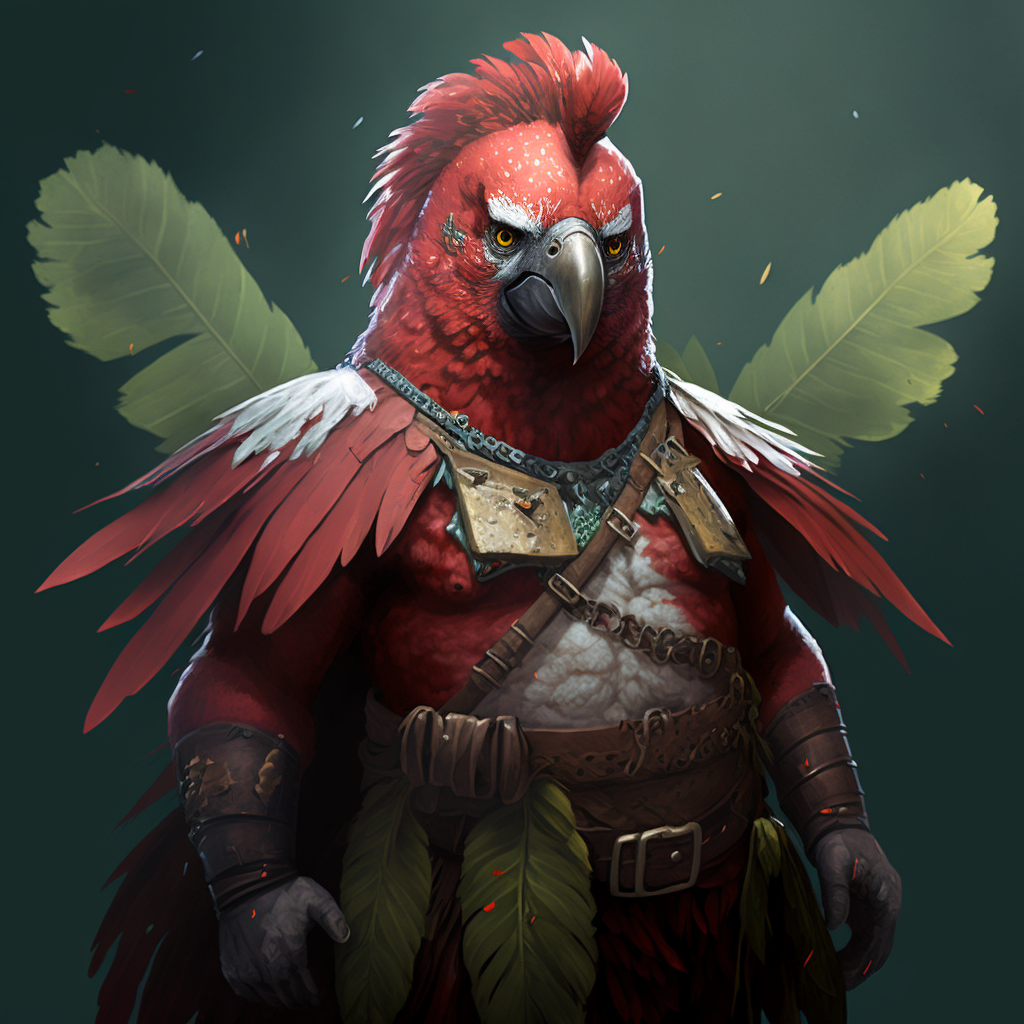
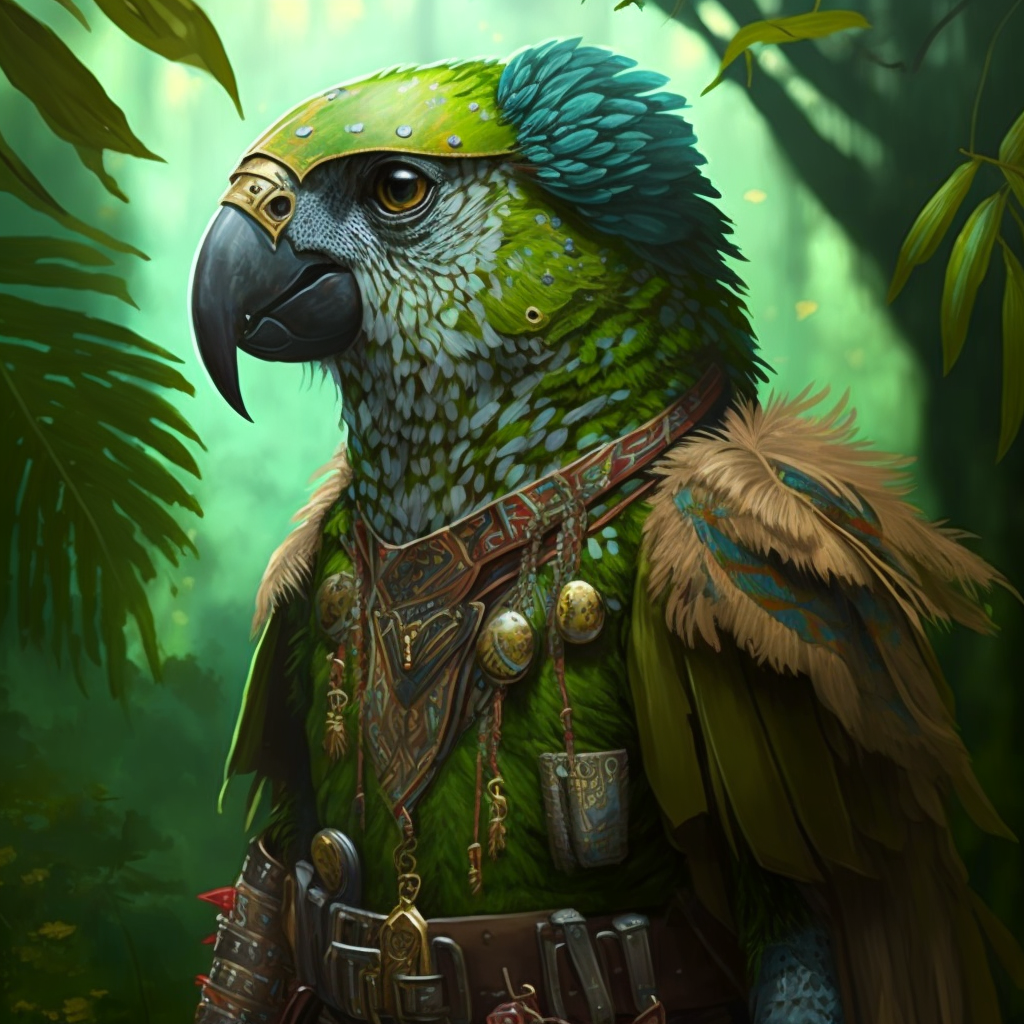
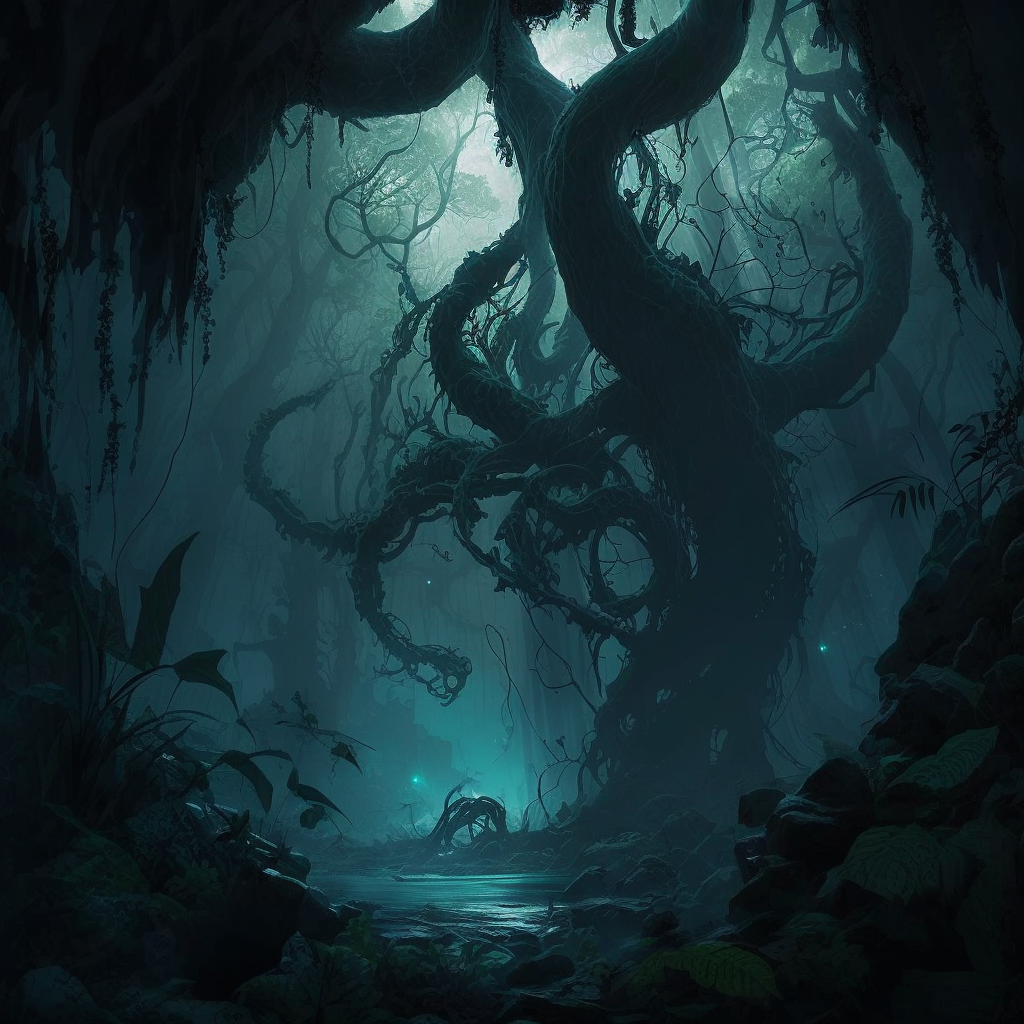

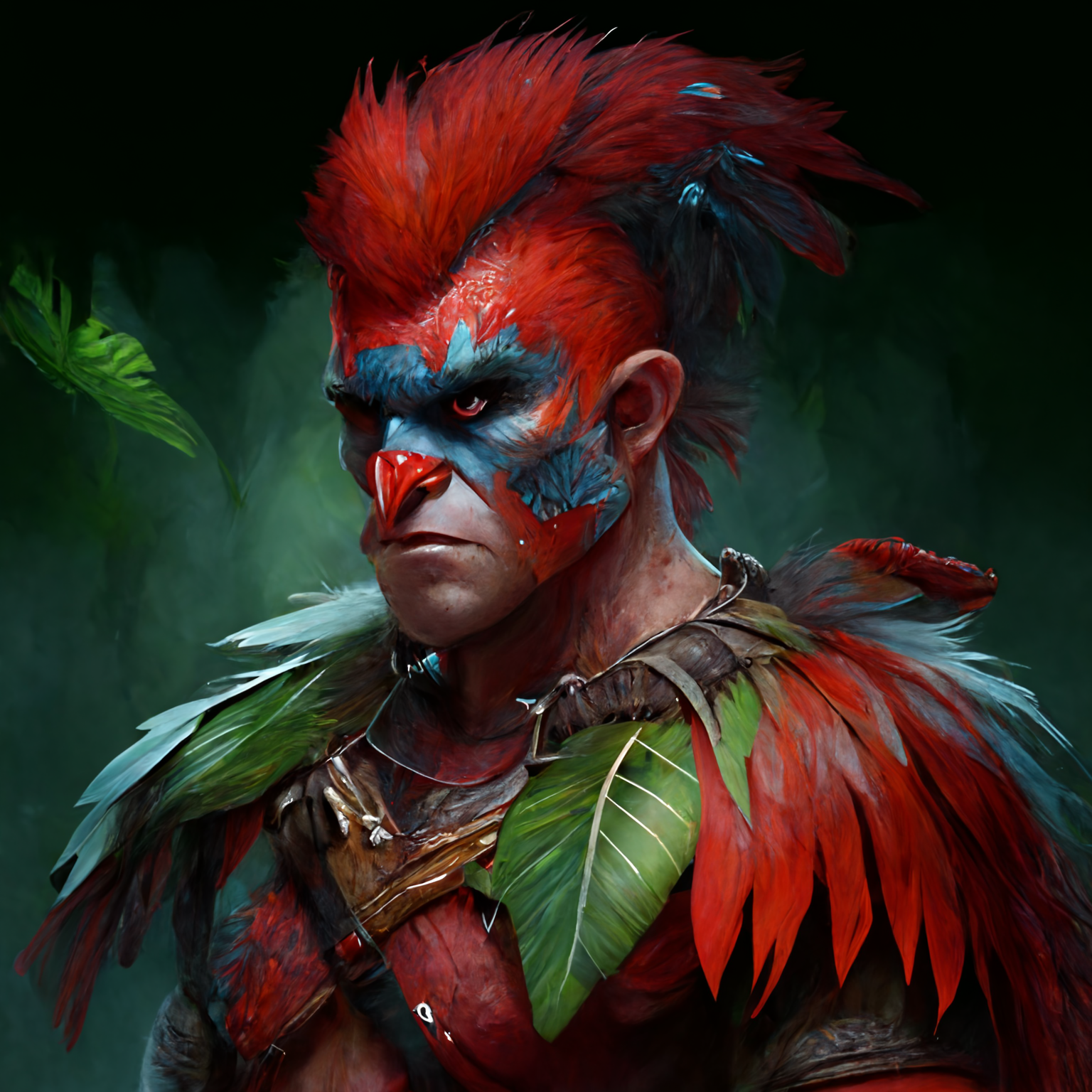

I am both captivated and worried (about the darkness). Your world seems a refreshingly different place.
Thank you! That is legit one of the most flattering comments about my world I've received haha. Apologies for the late reply, I tend to go dark for a while after big events like World Ember.